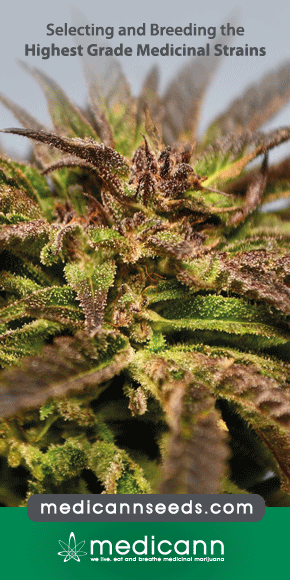Abstract
Products derived from the plant Cannabis sativa are widely appreciated for their analgesic properties and are employed for the treatment of chronic neuropathic pain. Only nabiximols, a product composed of two extracts containing similar percentages of the two cannabinoids cannabidiol and delta-9-tetrahydrocannabinol, is approved by regulatory authorities for neuropathic pain and spasticity due to multiple sclerosis in many European countries and Canada.
It is also included in pharmacovigilance systems monitoring the occurrence of adverse drug reactions. However, it is not the same for the great variety of other cannabis preparations widely used for medical purposes. This creates a situation characterized by insufficient knowledge of the safety of cannabis preparations and the impossibility of establishing a correct risk-benefit profile for their medical use in the treatment of chronic neuropathic pain. With the aim to explore this issue more deeply, we collected data on adverse reactions from published clinical studies reporting the use of cannabis for neuropathic relief.
Source: Pubmed
- PMID: 34684842
- PMCID: PMC8540828
- DOI: 10.3390/molecules26206257



